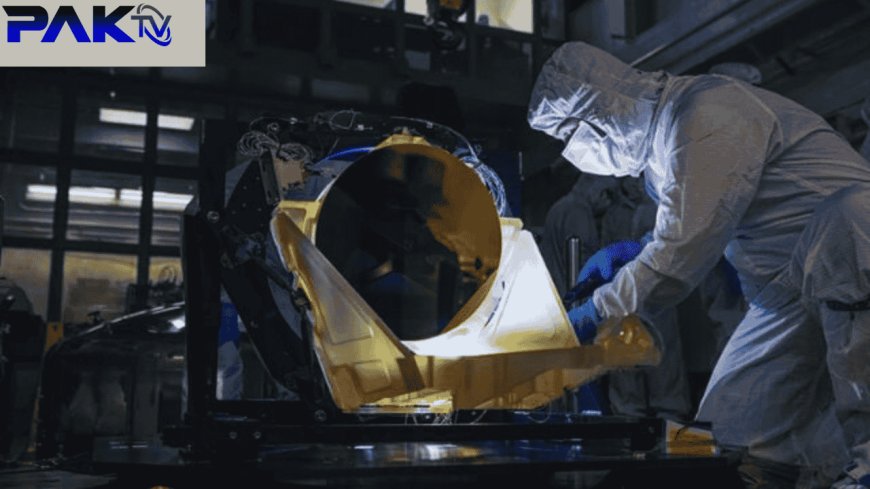NASA introduces prototype for LISA telescopes to capture gravitational waves
NASA introduces prototype for LISA telescopes to capture gravitational waves

NASA has released the first images of large-scale models of six telescopes expected to be in orbit within a decade and is aimed at locating gravitational waves from space.
The mission is called the Laser Interferometer Space Antenna (LISA) and is being developed in collaboration with the European Space Agency (ESA).
Gravitational waves result from merging black holes and other violent activities that generate ripples in the fabric of space-time.
To measure gravitational waves, LISA triangulates the inter-spacecraft distance between three spacecraft using lasers one trillionth of a meter apart, for example.
The layout of this large configuration will cover more than 2.5 million km, or 1.6 million miles, on each side of the triangle formed by the three satellites
‘Twin telescopes, which are mounted on each spacecraft, are capable of transmitting and receiving laser beams, tracking their companions' infrared lasers,” explains NASA Goddard Space Centre’s Ryan DeRosa.
The Engineering Development Unit Telescope prototype will aid in determining what is needed to build the flight hardware.
Simply put, LISA is a space probe in a wide-angle telescope and an experimental probe that has been specifically designed to be deployed in 1:50. To create the probe, NASA’s Goddard Space Flight Centre made modelling from an amber ceramic material suitable for wide temperature ranges.
The design above improves the reflection of infrared lasers and minimizes their heat loss even in the cold of space, which allows the telescope to perform best in temperatures close to that of a room.
The Engineering Development Unit Telescope, which is made by L3Harris Technologies based in Rochester, New York, showcases innovations in materials technology.
This also applies to the primary mirror that is composed of Zero Dur, an amber-colored glass-ceramic material that possesses stability and neatness in its making.
It is expected that the LISA mission will occur in the late 2030's, which will allow new horizons in the field of astrophysics.
What's Your Reaction?










































